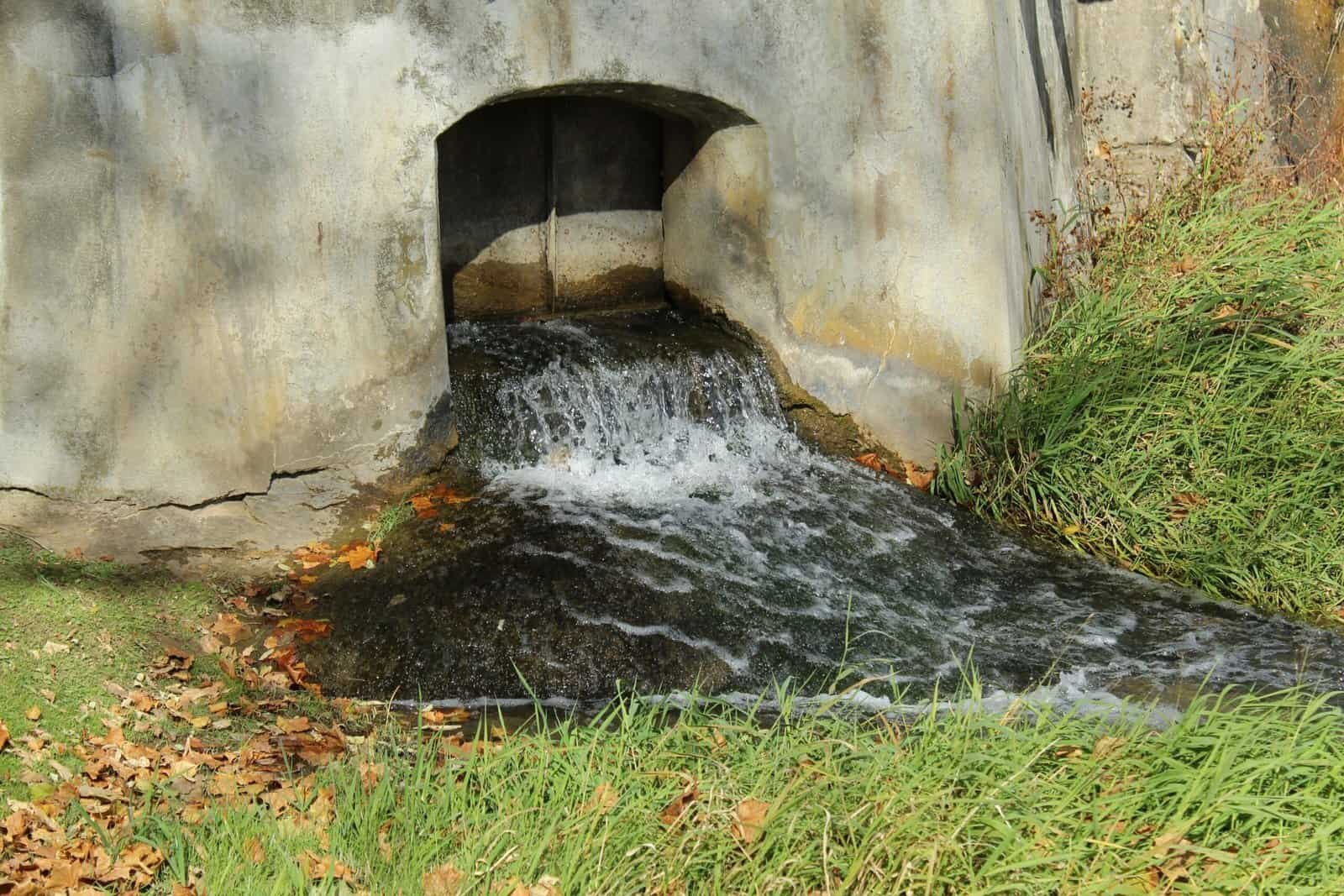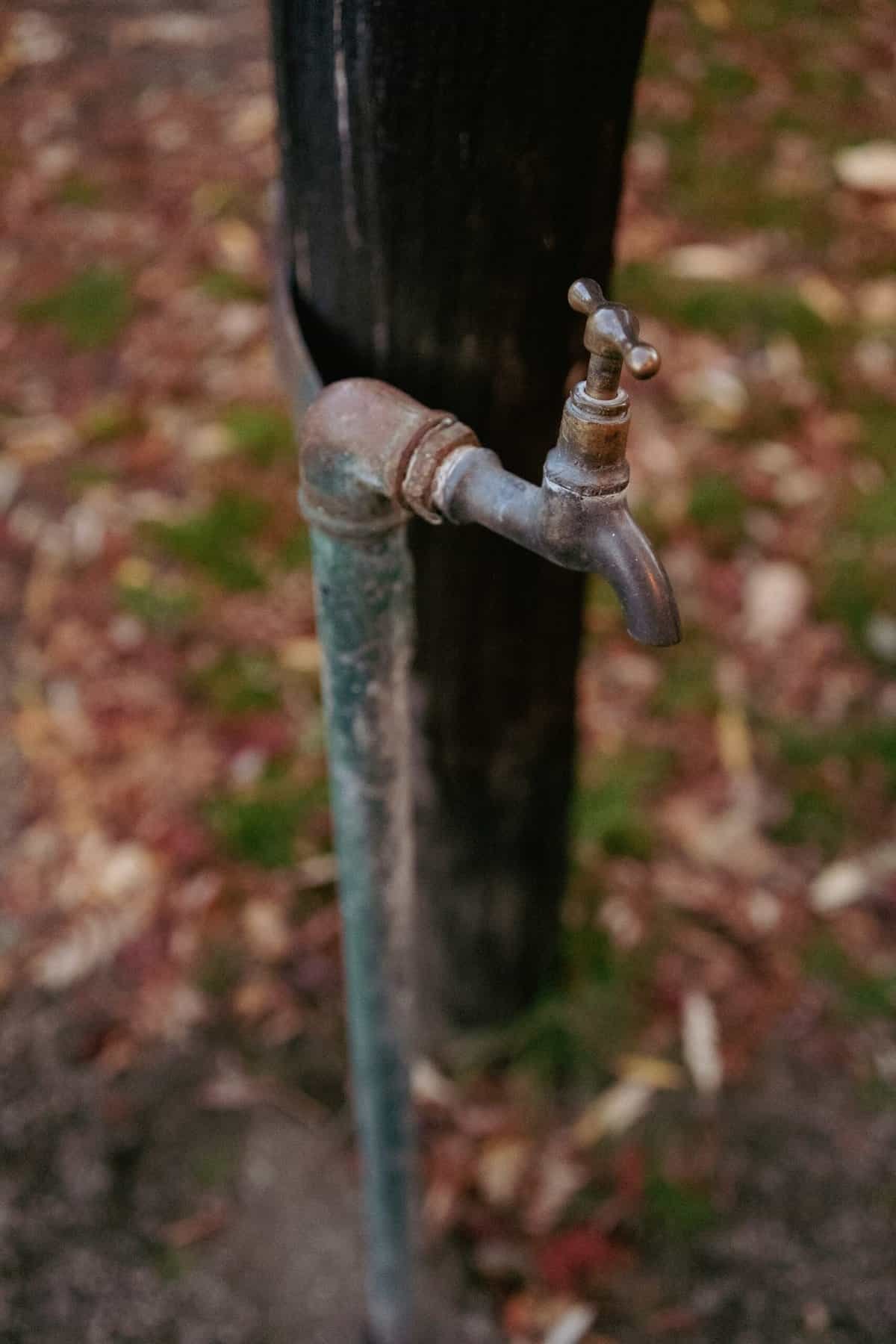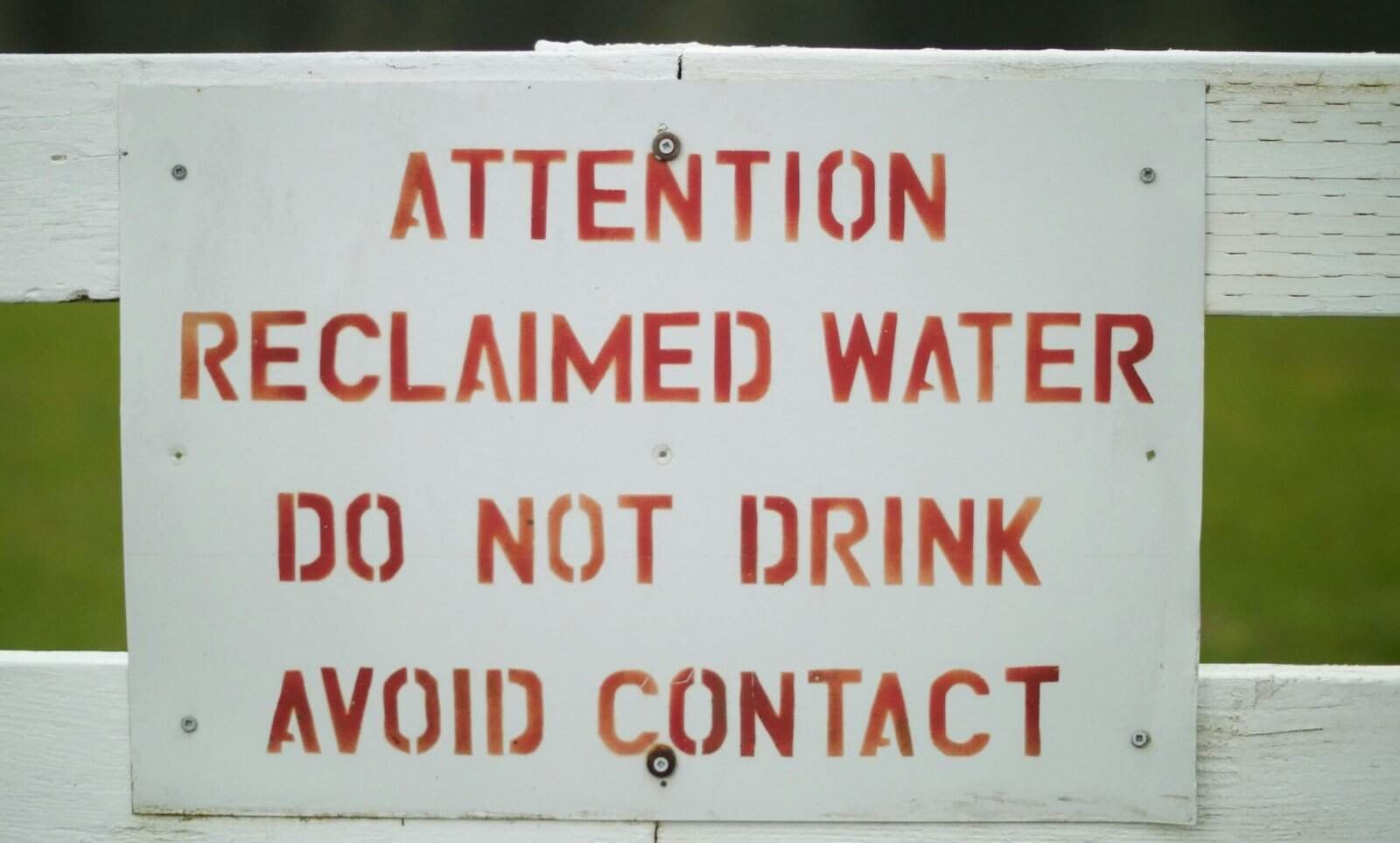How familiar are you with the local regulations governing your well? It’s important to not only be knowledgeable about these regulations but also to ensure that your well complies with them. With the responsibilities surrounding well ownership comes the need to understand and adhere to specific legal requirements. This can seem daunting at first, but by breaking down the components step-by-step, it becomes much more manageable. By following the guidelines provided here, you’ll be better prepared to navigate compliance with local regulations, ensuring that your water supply remains safe and sustainable.
Understanding Local Well Regulations
Navigating local well regulations is the first step you need to take. These rules are in place to protect both public health and the environment. They can vary significantly from one region to another, so it’s crucial to understand the specific requirements that apply to your location.
Why Are Local Regulations Important?
Local regulations help ensure that wells are constructed, maintained, and used in a way that protects underground water supplies from contamination. They also seek to preserve water resources and safeguard public health by setting standards for water quality and well maintenance.
How to Find Your Local Regulations
Finding your local regulations often starts with your local health department or environmental office. These agencies can provide you access to the necessary guidelines and inform you about any procedural updates. Many local offices have websites or customer service desks where you can get the latest information.
Key Regulatory Areas to Consider
In general, well regulations can cover a few main areas:
- Construction and Design Standards: Specifications related to how wells should be constructed and designed.
- Permitting and Licensing: Requirements for permits or licenses before drilling a new well.
- Water Quality Testing: Mandates for regular water quality testing to ensure compliance with safety standards.
- Maintenance and Reporting Compliance: Guidelines for ongoing maintenance practices and the need to report data or incidents to local authorities.
Ensuring Compliance with Well Construction and Design Standards
The construction and design of your well are foundational elements in regulatory compliance. These standards ensure that your well is structurally sound and environmentally safe.
The Importance of Proper Well Construction
Proper construction is critical to prevent contaminants from entering the water supply. High-standard construction also ensures the longevity and reliability of your well system.
Engaging a Licensed Professional for Well Construction
Hiring a licensed and experienced professional to design and construct your well is essential. Licensed contractors are familiar with local codes and regulations, which helps ensure that your well is compliant from the start.
Key Elements in Well Design You Need to Watch
Key elements in well design include the materials used, the depth and diameter of the well, and the type of casing and grouting. These specifications need to meet local guidelines to prevent future complications.

Navigating Well Permitting and Licensing
Permitting and licensing ensure that you have the legal clearance to construct and operate your well.
Steps to Obtain a Well Permit
- Application Submission: Submit an application to your local authority, providing details about the proposed well location and design.
- Review Process: Authorities review your application and may conduct site evaluations.
- Approval and Issuance: After satisfactory evaluation, permits are issued, allowing you to proceed with construction.
The Role of Licensing in Well Operations
Licensing ensures that only qualified individuals are involved in the well drilling and management processes. In many areas, this includes continuing education requirements to stay updated on new technologies and environmental guidelines.
Common Challenges in Permitting and Licensing
Understanding the paperwork, timing, and specific requirements for permits and licenses can sometimes be challenging. To manage these complexities, maintain open communication with local authorities and ensure your paperwork is thorough and accurate.
Maintaining Water Quality and Regular Testing
To comply with regulations and ensure safe drinking water, regular water quality testing is essential.
How Often Should You Test Your Well Water?
It’s recommended to test your well water at least once a year. However, more frequent testing may be necessary if there are changes in taste, smell, or appearance of the water, or after any well repairs or flooding incidents.
Key Contaminants to Test For
- Microorganisms: Bacteria like E. coli can contaminate water.
- Nitrates: High levels can be harmful, especially to infants.
- pH Levels: Assess general water quality and potential corrosiveness.
- Heavy Metals: Such as lead and arsenic, which pose health risks.
Engaging Certified Laboratories for Testing
Using certified laboratories ensures accurate test results. These labs are equipped with the latest technology and adhere to state-specific testing criteria, giving you confidence in the safety of your water supply.

Enforcing Maintenance and Reporting Compliance
Regular maintenance and reporting go hand-in-hand with regulatory compliance, helping to prevent issues before they arise.
Regular Maintenance Practices
- Routine Inspections: Regular inspections can catch potential problems early.
- Sediment and Scale Removal: Helps maintain water quality and system integrity.
- Pump and System Checkups: Ensure all mechanical parts are functioning correctly.
Reporting Compliance to Local Authorities
Certain events or findings, such as contamination or well damage, must be reported to authorities. Keeping accurate records of these should be prioritised.
How Good Record-Keeping Assists Compliance
Keeping detailed records of maintenance, inspections, and water quality tests helps you stay organized and supports your case if you face compliance issues. It’s also a proactive measure if local authorities need verification or investigation.
Building a Well Compliance Strategy
Developing a proactive strategy ensures ongoing compliance and helps avoid potential legal issues and environmental challenges.
Developing a Step-by-Step Compliance Plan
- Understand Regulatory Requirements: Familiarize yourself with all applicable local regulations.
- Schedule Regular Check-Ups: Develop a calendar for regular maintenance and testing.
- Documentation and Record-Keeping: Implement systems for organizing records related to your well.
Engaging with Local Authorities and Community
Maintaining communication with local authorities not only keeps you informed but also helps you be a proactive member of your community. You can also participate in community efforts to protect local water resources.
The Benefits of a Compliance Management System
Consider utilizing digital compliance management systems. These tools can streamline record-keeping, remind you of upcoming maintenance tasks, and keep all compliance data accessible and organized.

Adapting to New Regulations and Changes
Local regulations aren’t static. They evolve with environmental standards and emerging technologies, so being adaptive is crucial.
Staying Updated with Legislative Changes
Regularly check local government websites, subscribe to industry newsletters, and engage in local water-use forums. These can provide updates on any regulatory changes that may impact your well.
Training and Education
Consider workshops and training sessions offered to well owners. Staying informed and up-to-date helps you adapt quickly to new standards and technologies.
Being Proactive with Technological Advancements
Advancements in technology offer new solutions for well management and compliance. Be open to adopting innovative techniques that can enhance the quality and safety of your water supply.
What to Do if Your Well is Non-Compliant
Discovering that your well is non-compliant can be overwhelming, but don’t worry; there are steps you can take to address the situation.
Assessing the Non-Compliance Issues
First, clearly identify what aspects of your well do not meet the regulations. Is it a construction issue, or does it relate to water quality or maintenance lapses? Understanding the specific problems is key to finding appropriate solutions.
Developing a Compliance Action Plan
- Immediate Safety Measures: Address urgent safety issues immediately, such as contamination.
- Consult with Professionals: Seek advice from certified well experts to rectify technical non-compliance parts.
- Notify Authorities if Necessary: In some cases, it might be essential to report non-compliance to authorities to seek their guidance and support.
Implementing and Monitoring Changes
Once changes are implemented, continuously monitor your well to ensure continued compliance. The lessons learned from resolving non-compliance can often prevent future issues from arising.
By understanding and following these detailed strategies, you ensure that your well remains compliant and secure. Compliance is not only a legal obligation but also a commitment to health, safety, and sustainability. Just remember, maintaining compliance is a dynamic process that requires ongoing diligence and adaptation to new information and regulations.


